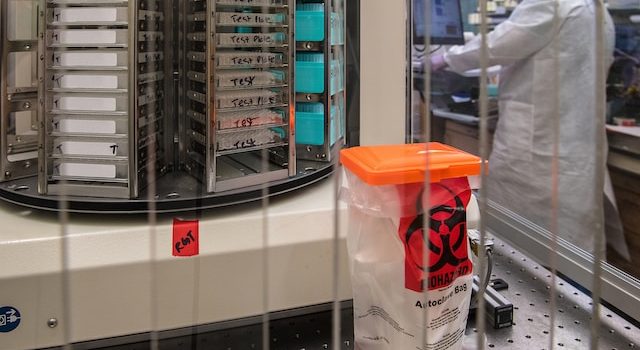
Introduction: Sexually transmitted diseases (STDs) are a global health concern, affecting individuals of all ages and backgrounds. Recognizing the signs of an STD and seeking prompt medical attention is crucial for early detection, appropriate treatment, and prevention of further transmission. In this article, we will explore eight common signs that indicate it’s time to visit your doctor for an STD evaluation.
- Unexplained Genital Discharge: Abnormal discharge from the genitals, such as a change in color, consistency, or odor, can be a sign of an STD. Both men and women should be aware of any noticeable changes in their genital discharge. If you observe any unusual discharge, it is important to schedule a visit with your doctor.
- Pain or Burning Sensation: Experiencing pain or a burning sensation during urination or sexual activity can be indicative of an STD. This symptom is often associated with common STDs like chlamydia or gonorrhea. If you notice persistent discomfort, it is crucial to seek medical attention and get tested.
- Genital Sores or Bumps: The presence of sores, blisters, or bumps in the genital area can be a sign of an STD, such as herpes or syphilis. These visible symptoms should not be ignored and require medical evaluation. Your doctor can conduct the necessary tests to determine the cause and provide appropriate treatment.
- Itching and Irritation: Persistent itching, redness, or irritation in the genital area may be a symptom of an STD, such as a yeast infection or pubic lice. While these symptoms may not always indicate an STD, it is important to consult a healthcare professional for proper evaluation and testing.
- Flu-like Symptoms: Some STDs can cause flu-like symptoms, including fever, fatigue, swollen lymph nodes, sore throat, and body aches. If you experience these symptoms and have engaged in high-risk behaviors, such as unprotected sex or sharing needles, it is important to visit your doctor for evaluation and testing.
- Lower Abdominal Pain: In women, lower abdominal pain can sometimes be a sign of an STD. Pelvic inflammatory disease (PID) is a condition that can result from untreated chlamydia or gonorrhea and may cause pain in the lower abdomen. If you experience persistent or severe abdominal pain, seeking medical attention is crucial.
- Changes in Menstrual Cycle: Some STDs can affect a woman’s menstrual cycle. Irregular periods, unusually heavy or painful periods, or bleeding between periods can be signs of an underlying infection. If you notice significant changes in your menstrual cycle, it is important to consult your doctor for evaluation and testing.
- Partner Notification: If your sexual partner discloses their STD status or has recently been diagnosed with an infection, it is crucial to prioritize your own health. Open and honest communication is key in maintaining a healthy sexual relationship. Visiting your doctor for testing can ensure early detection and appropriate treatment if necessary.
Conclusion: Recognizing the signs that indicate the need for an STD evaluation is essential for maintaining personal health and preventing the spread of infections. If you experience any of the signs mentioned, it is important to schedule a visit with your doctor for proper evaluation and testing. By prioritizing regular check-ups, open communication, and safe sexual practices, we can work towards a future where STDs are effectively managed, stigma is reduced, and individuals can enjoy healthier and safer sexual lives.










